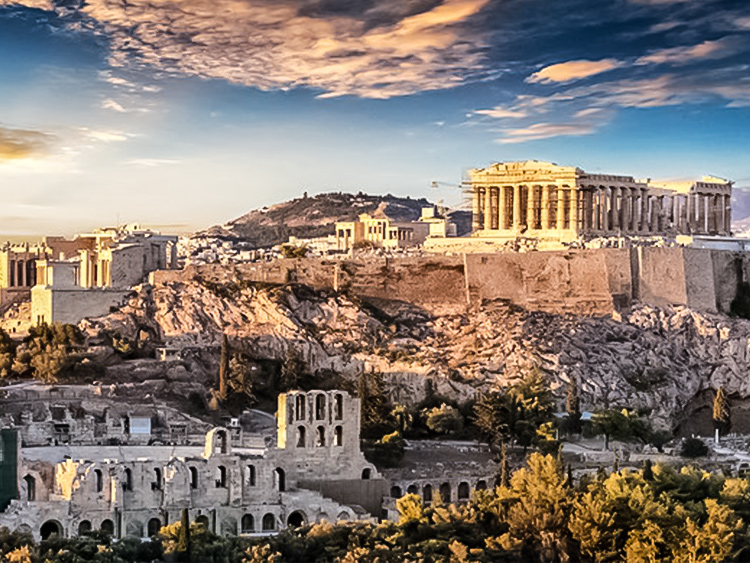Acropolis

Distance from the hotel: 89 km / 70 mins driving
Acropolis- a hill that has never rested. Either in its glories or during destructions, the sacred rock and its remarkable structures went down in history reminding us the uppermost level of human creativity. An epigrammatic reference to the successive transitions-uses of the rock, which went down in history as the Sacred rock, would be as follows: first inhabited in the Neolithic period (2500-3000 BC) , a royal residency, the creation of sanctuaries and temples, such as Erechtheion that was the tomb of King Erechtheus, and the destruction by the Persians during the Greco-Persian Wars. During the "Age of Pericles", the rock would be embellished with the masterpieces of Phidias, Callicrates, Ictinus and many more great artists. The brilliance of the rock was preserved till the first centuries AD. Then, begin the destructions by wars, earthquakes and massive looting, the most known of which was noted between the years 1801-1802, with the depredation of the graven decoration of the Parthenon by Lord Elgin and the removal of sculptures from the Temple of Athena Nike and Erechtheion. On this rock is preserved the architectural and artistic masterpiece, the Temple of Athena Parthenos. Its construction was completed within 8 years (447-438 BC) and was based on proportions that 'correct' optical illusions and bring out harmony. Like many other buildings of the era, the Parthenon suffered many transformations during its history: a church of Agia Sofia and then of Panagia (5th century AD), a mosque, a powder storehouse (during the Ottoman Empire), which was the reason for its great destruction suffered by the cannons of Morosini (1687) which bombarded the Sacred Rock during the Turkish occupation. The professor M. Korres and his team have undertaken the restoration of the monument and are carrying out this demanding work with great respect and care. Using all the remaining pieces and complementing what has been lost or broken, they are gradually restoring the temple in a state, in which the exact proportions of its structure will be obvious again. The temple will not become like the glorious one of the 5th century, yet the ruins will stand there reminding us the unnecessary disasters as well as the beauty that can be created by man.
Copyright © wondergreece.gr
